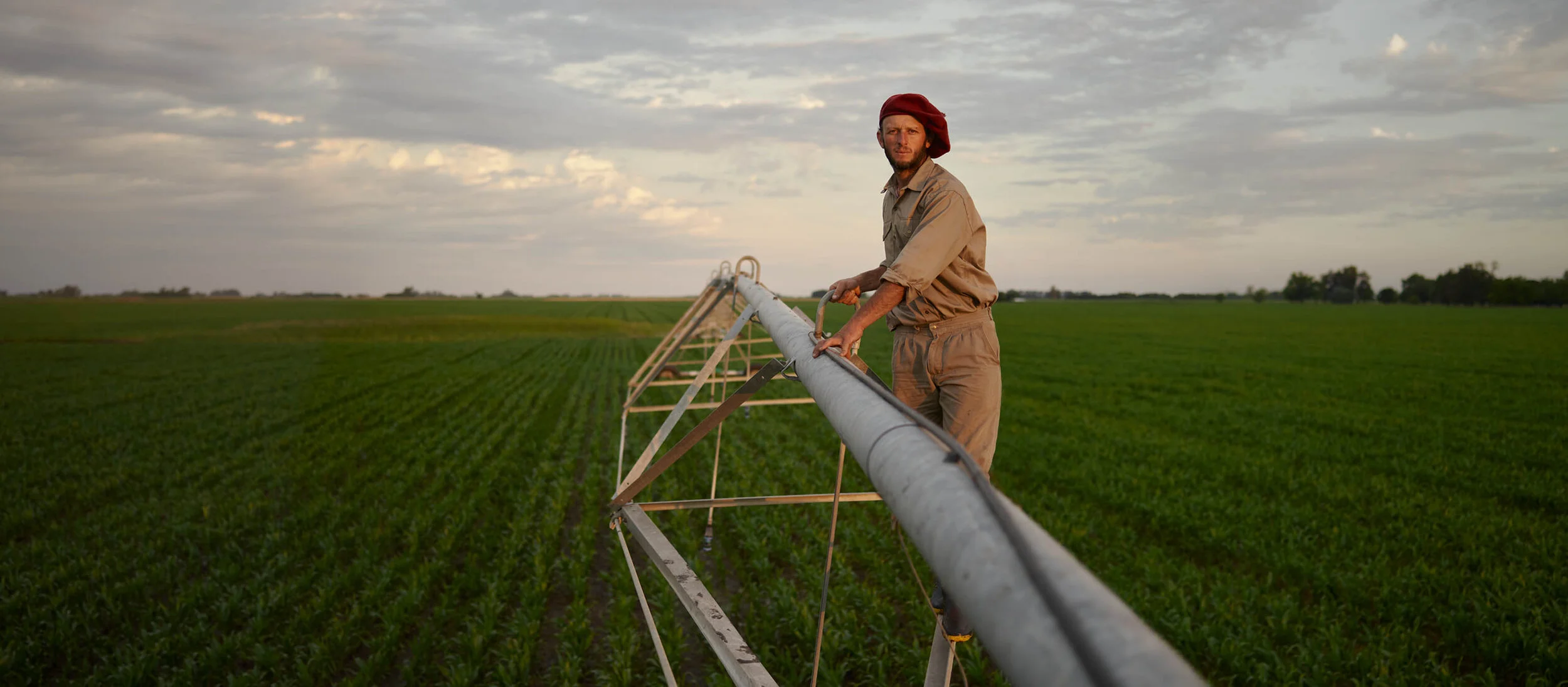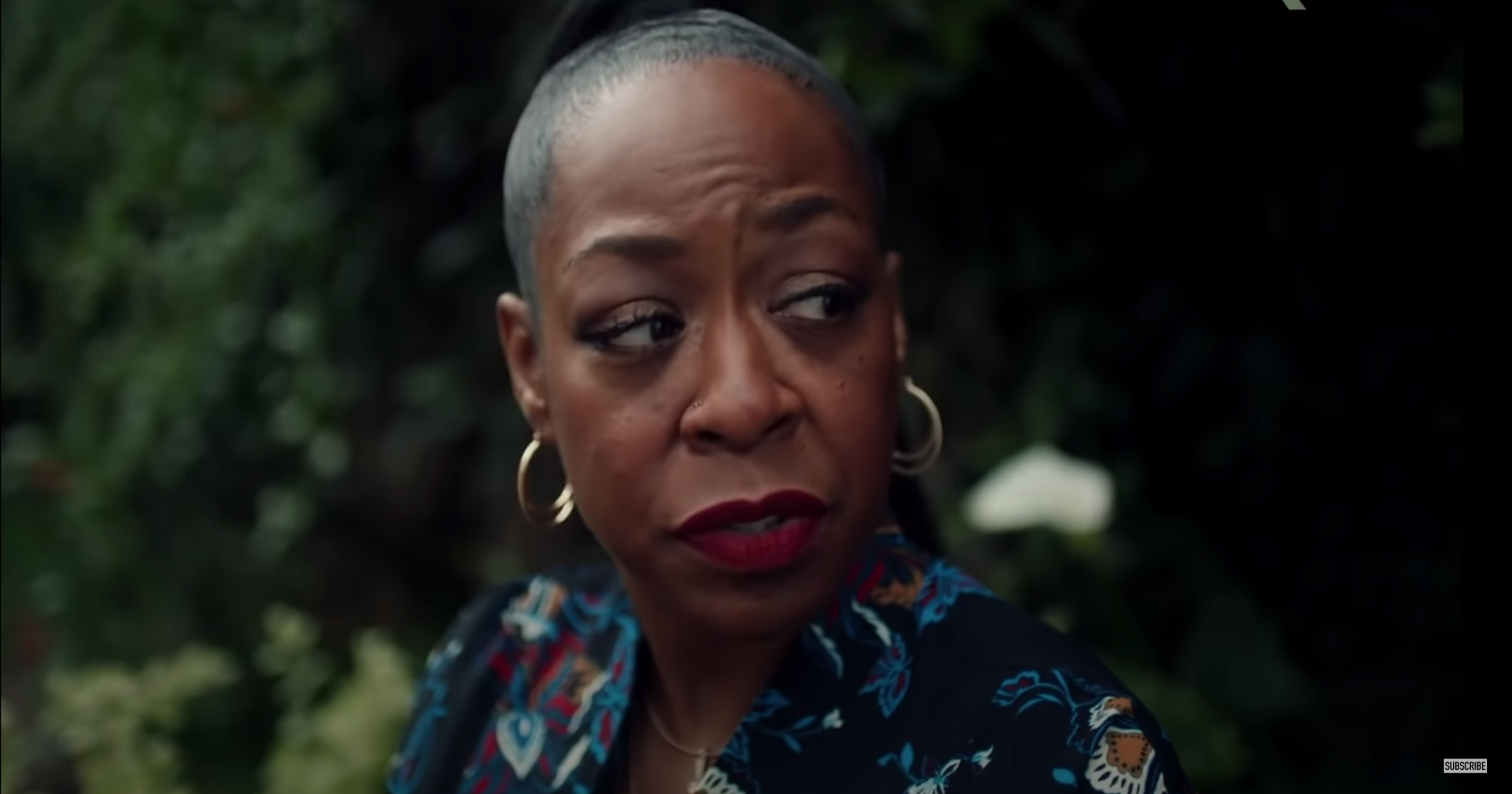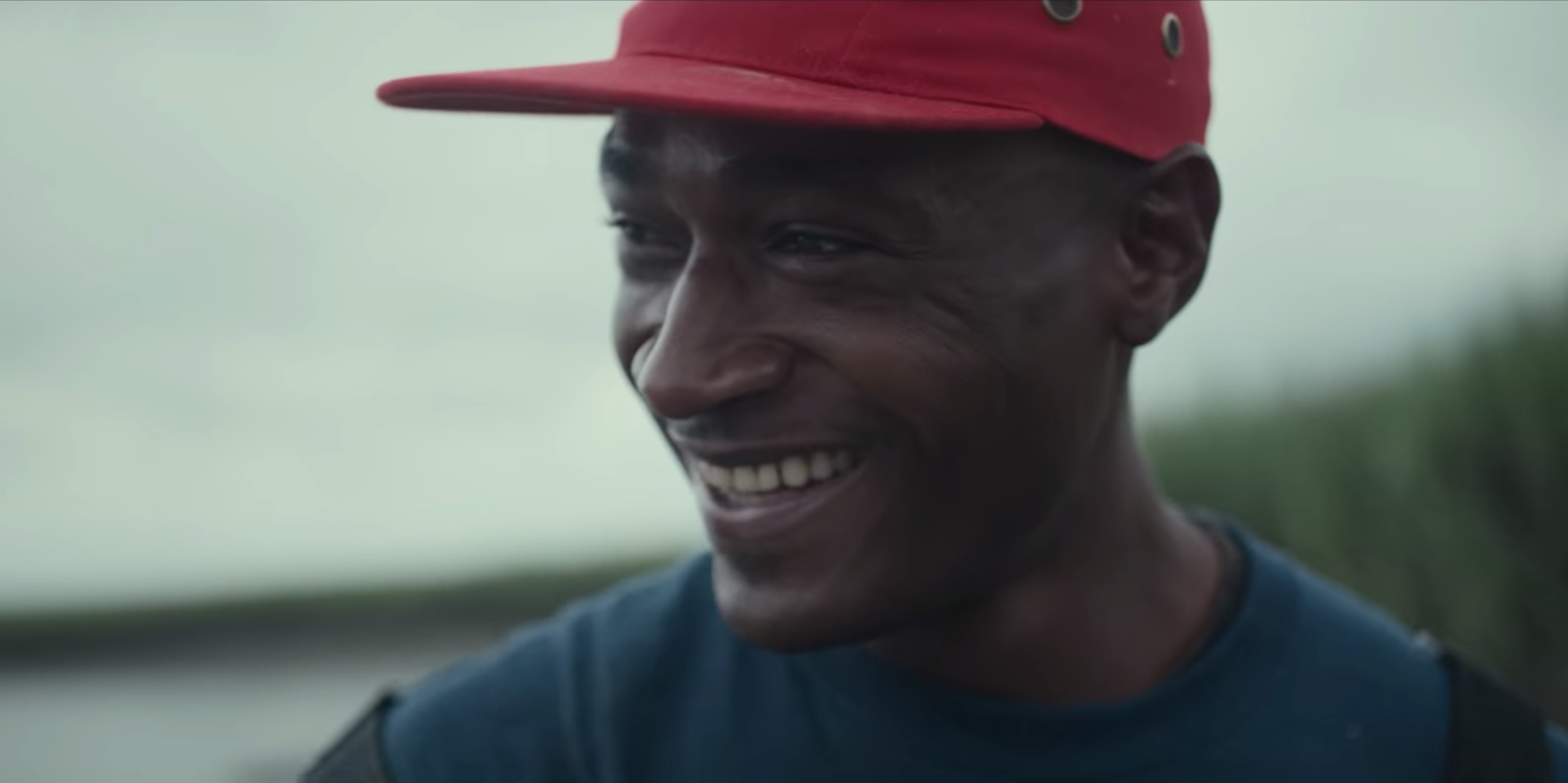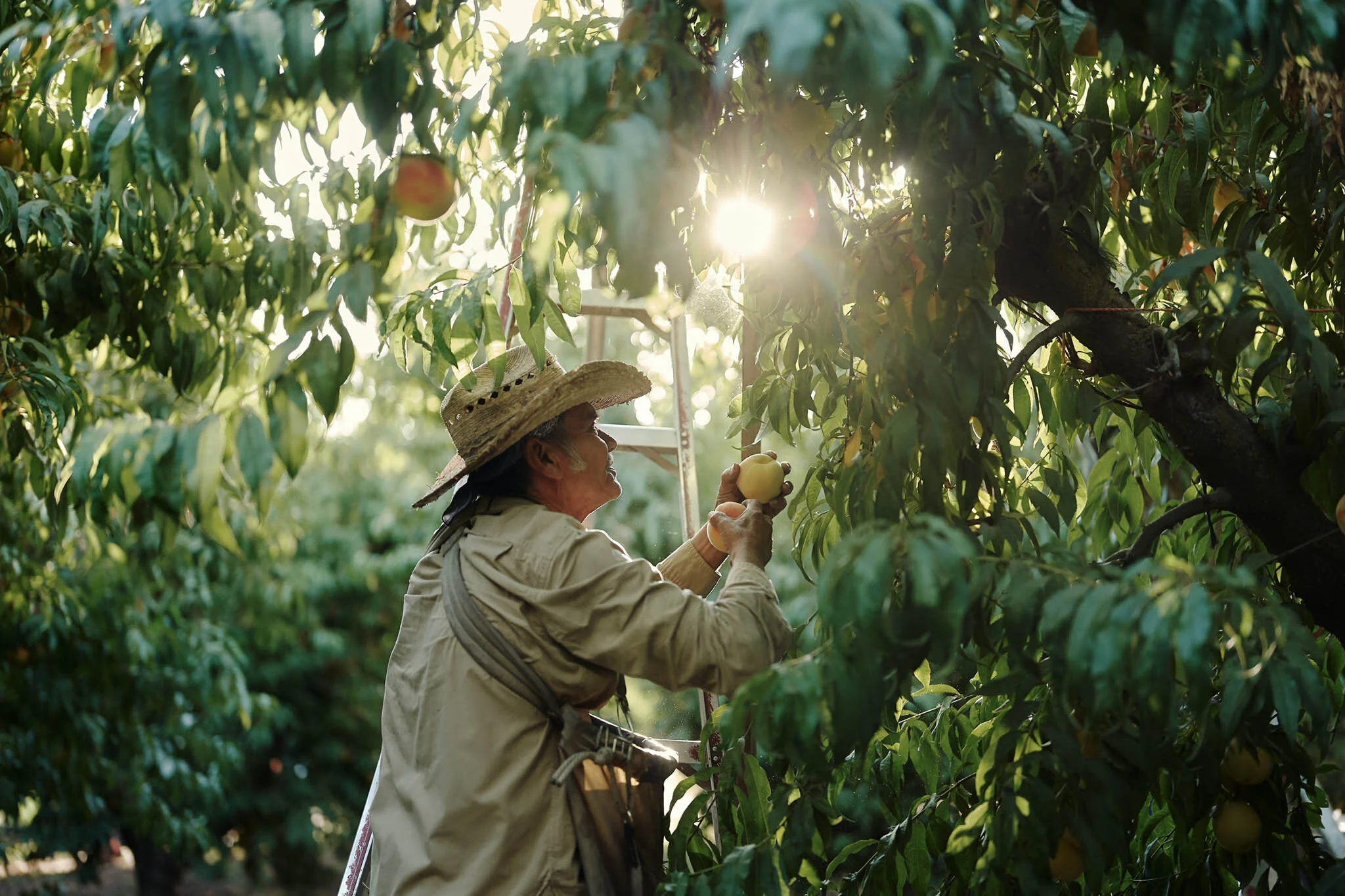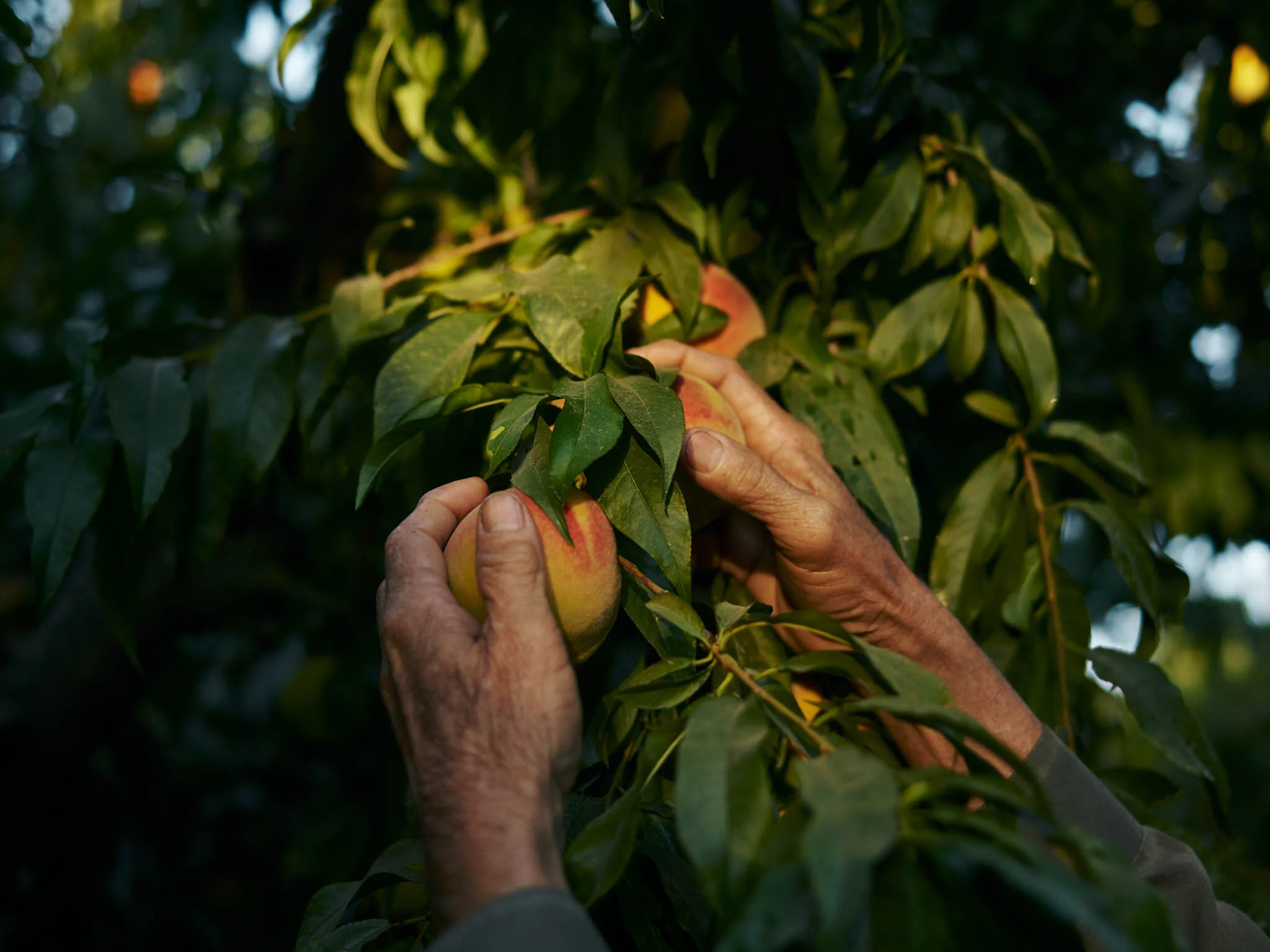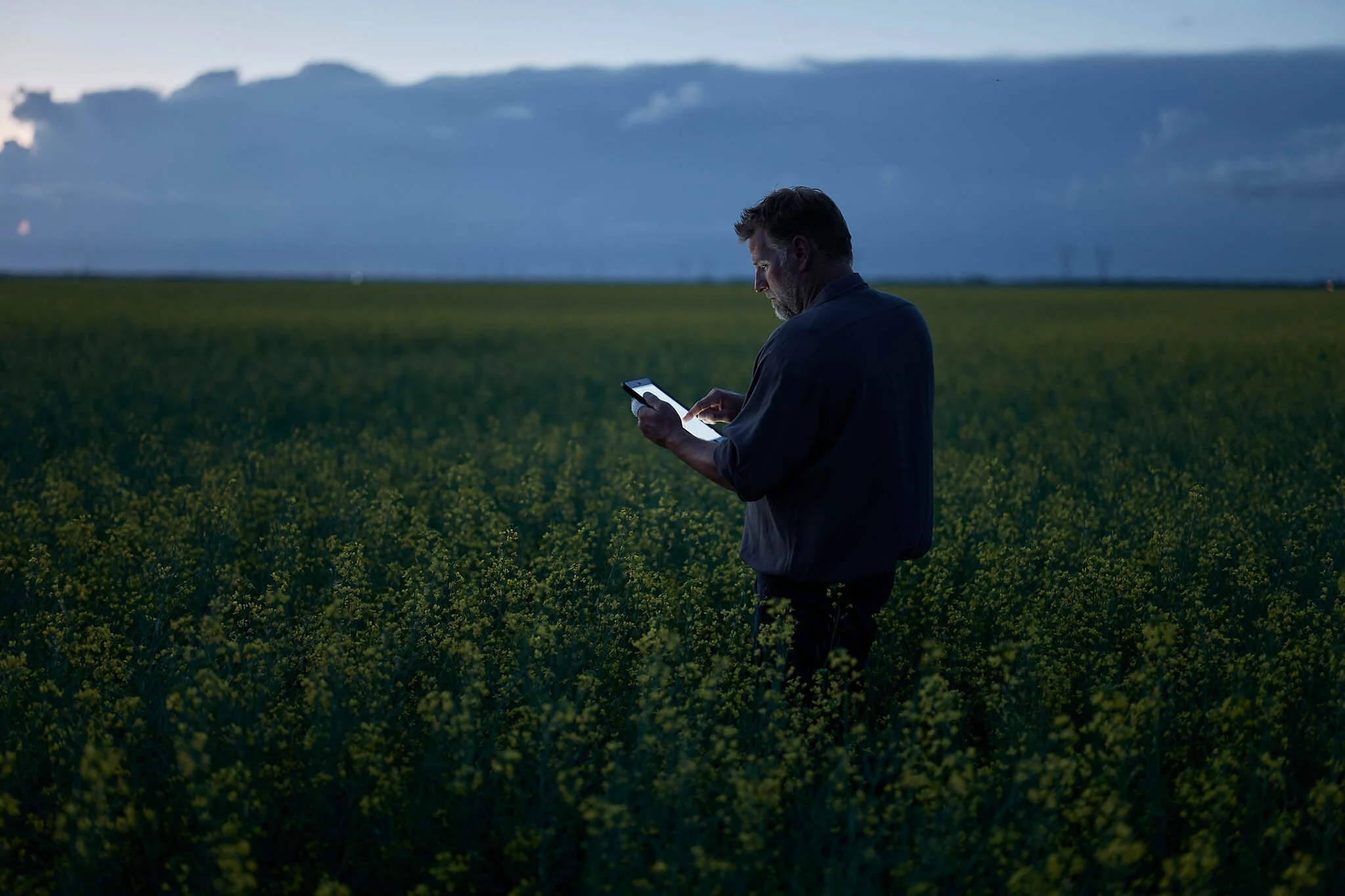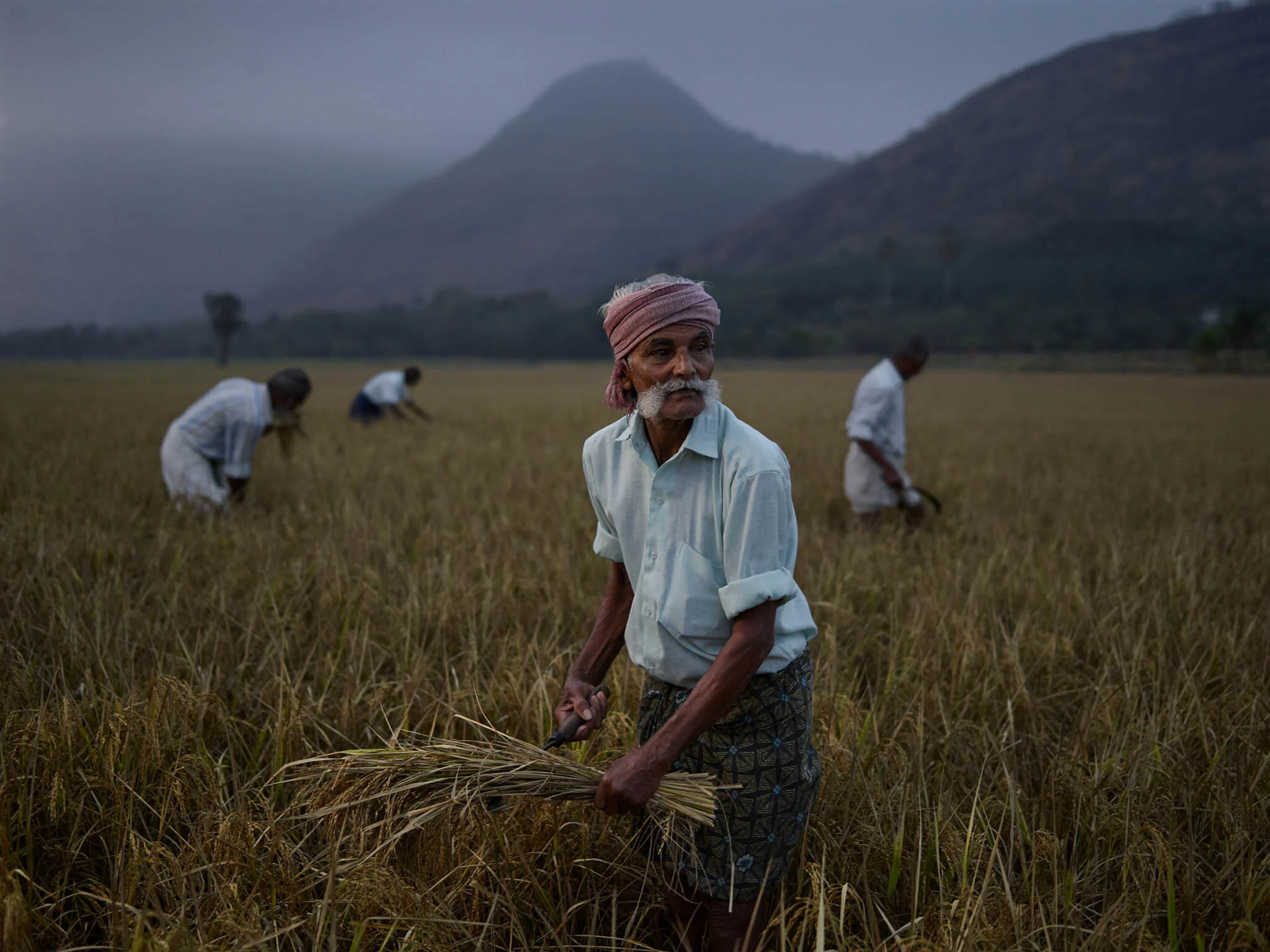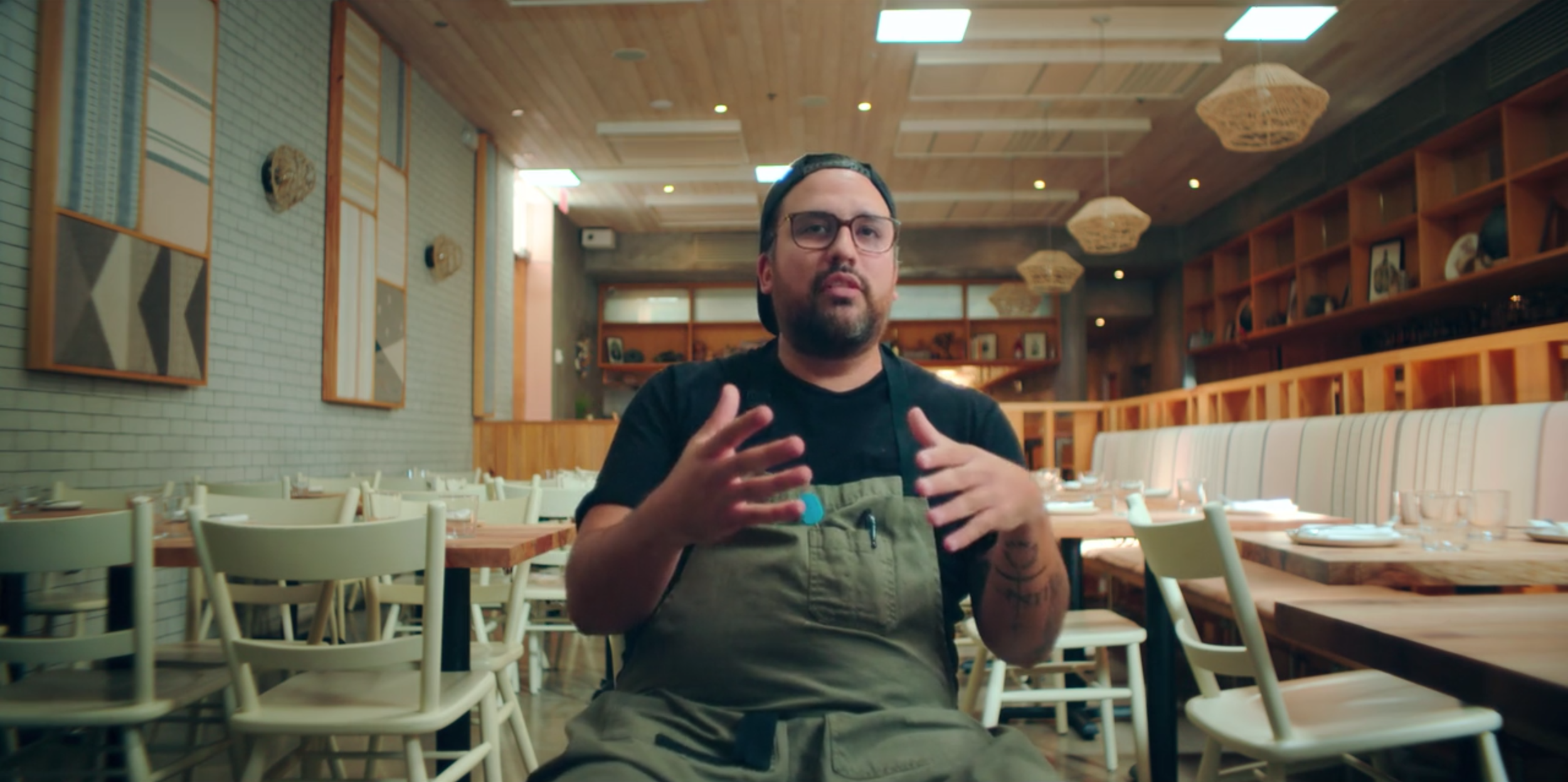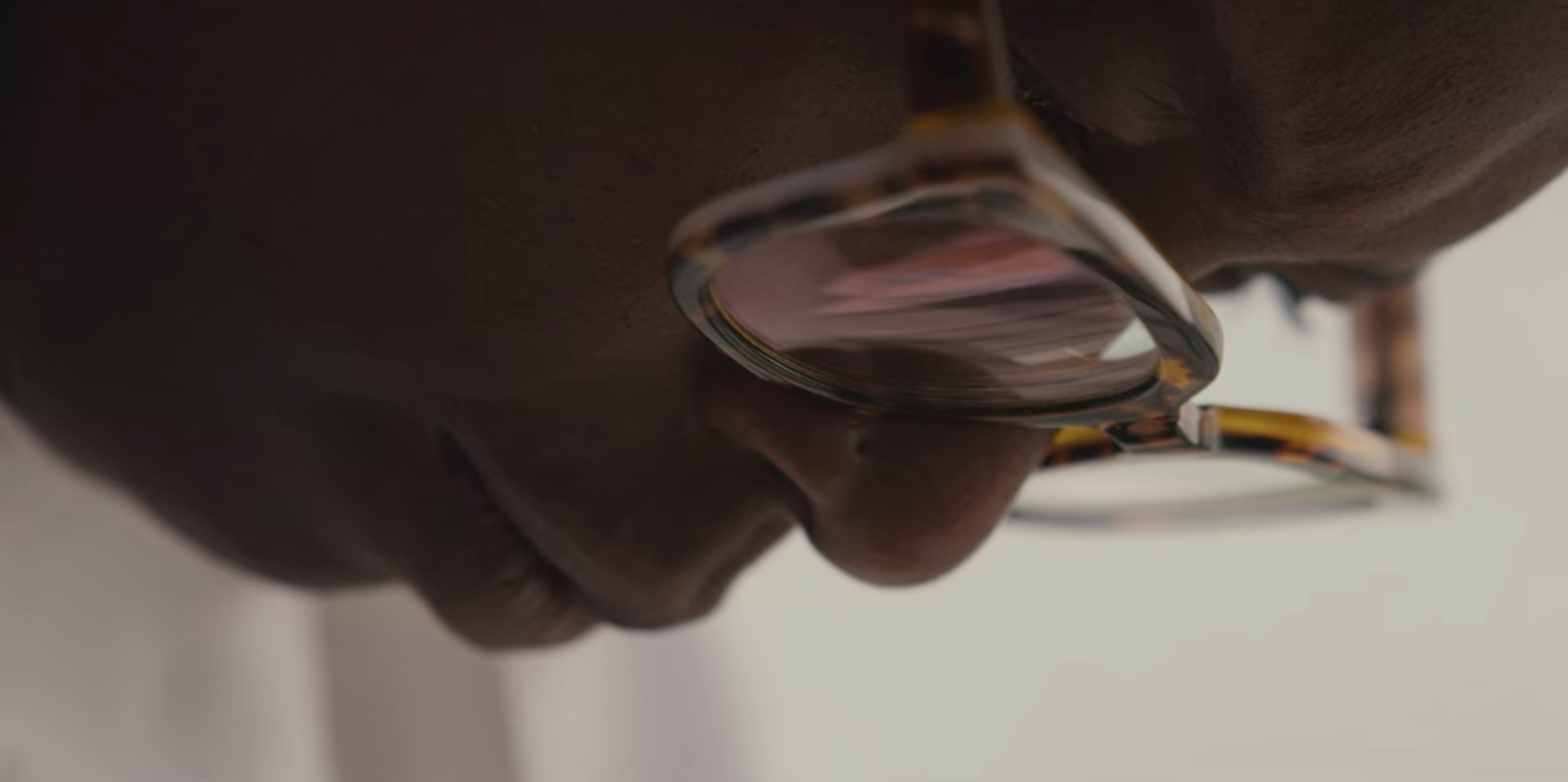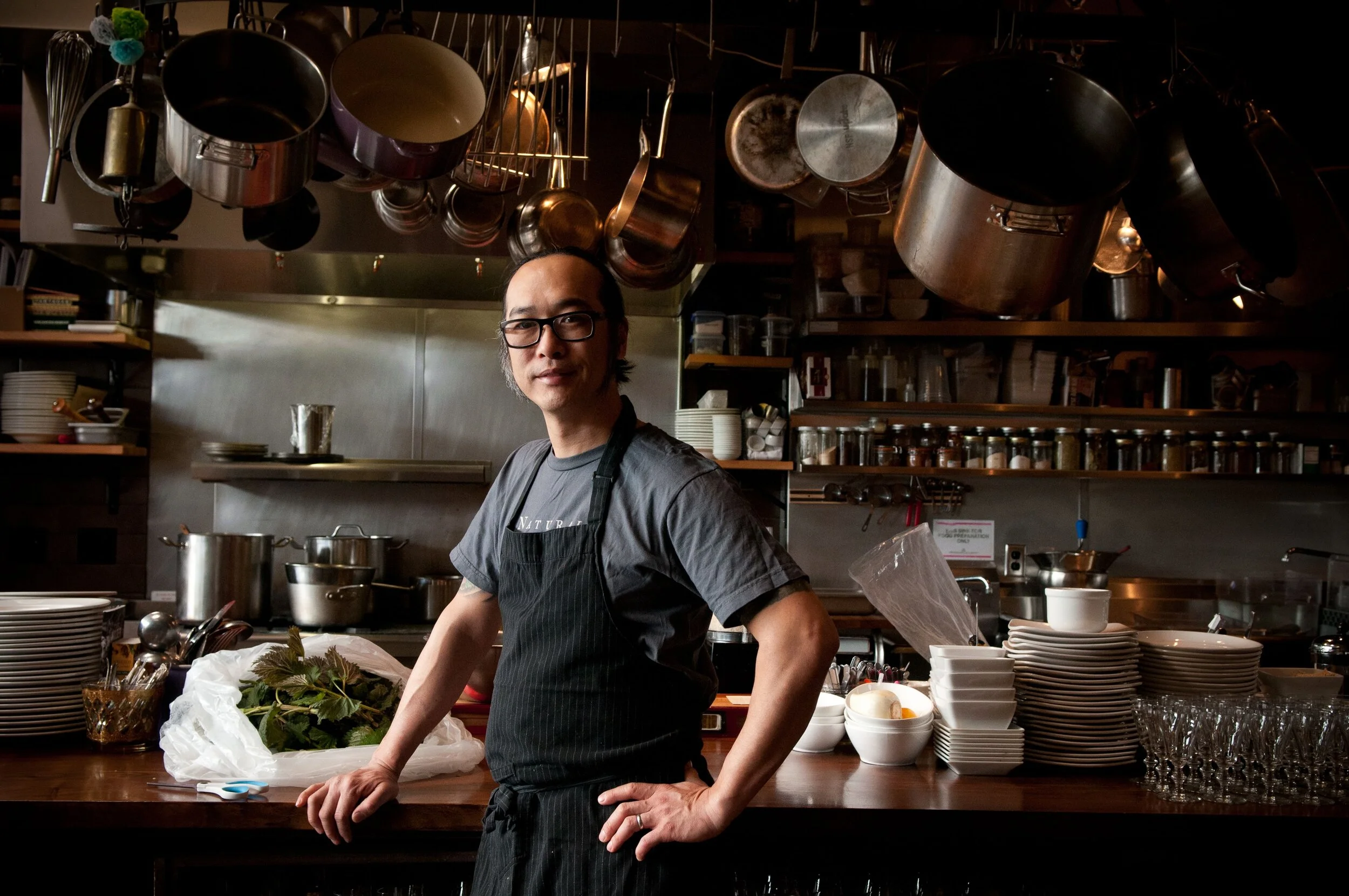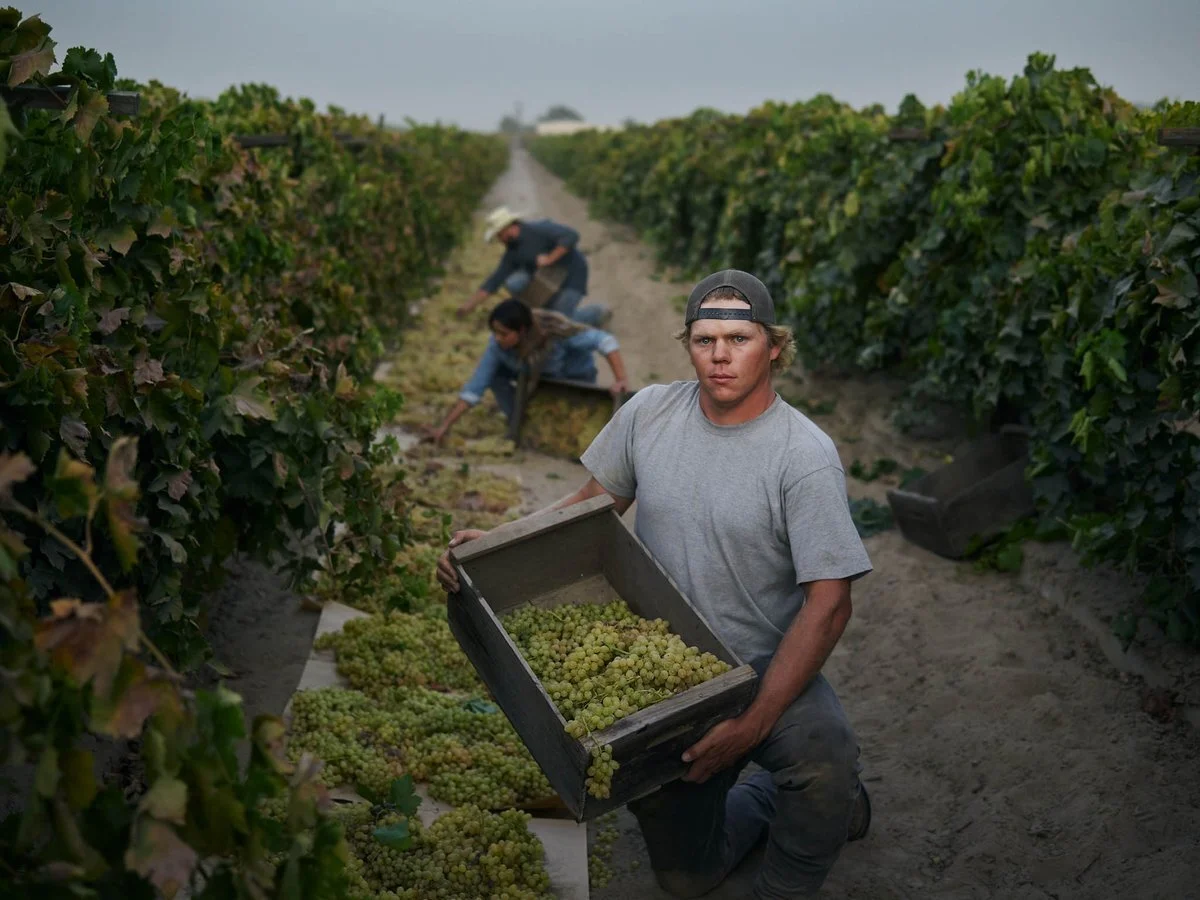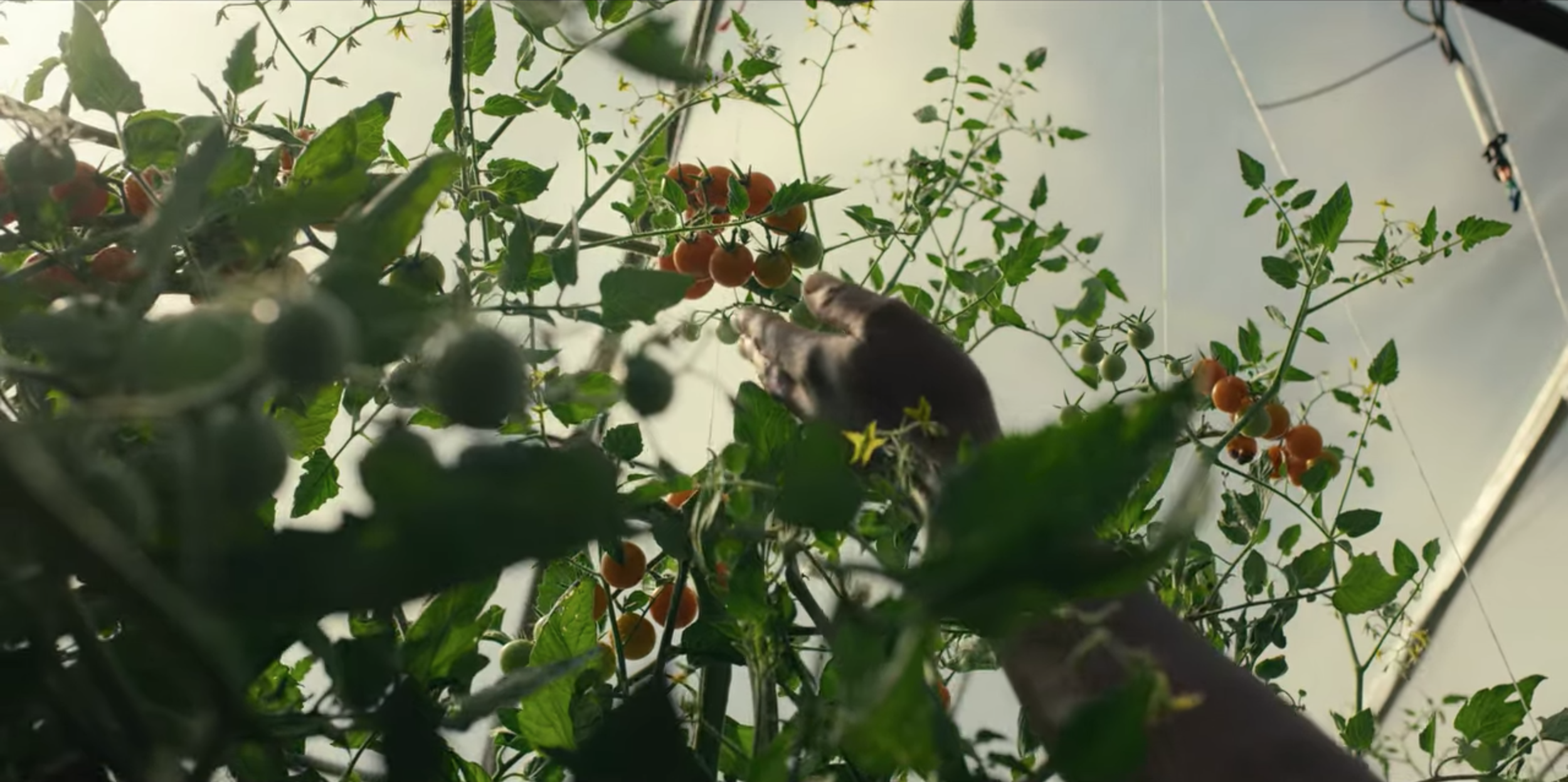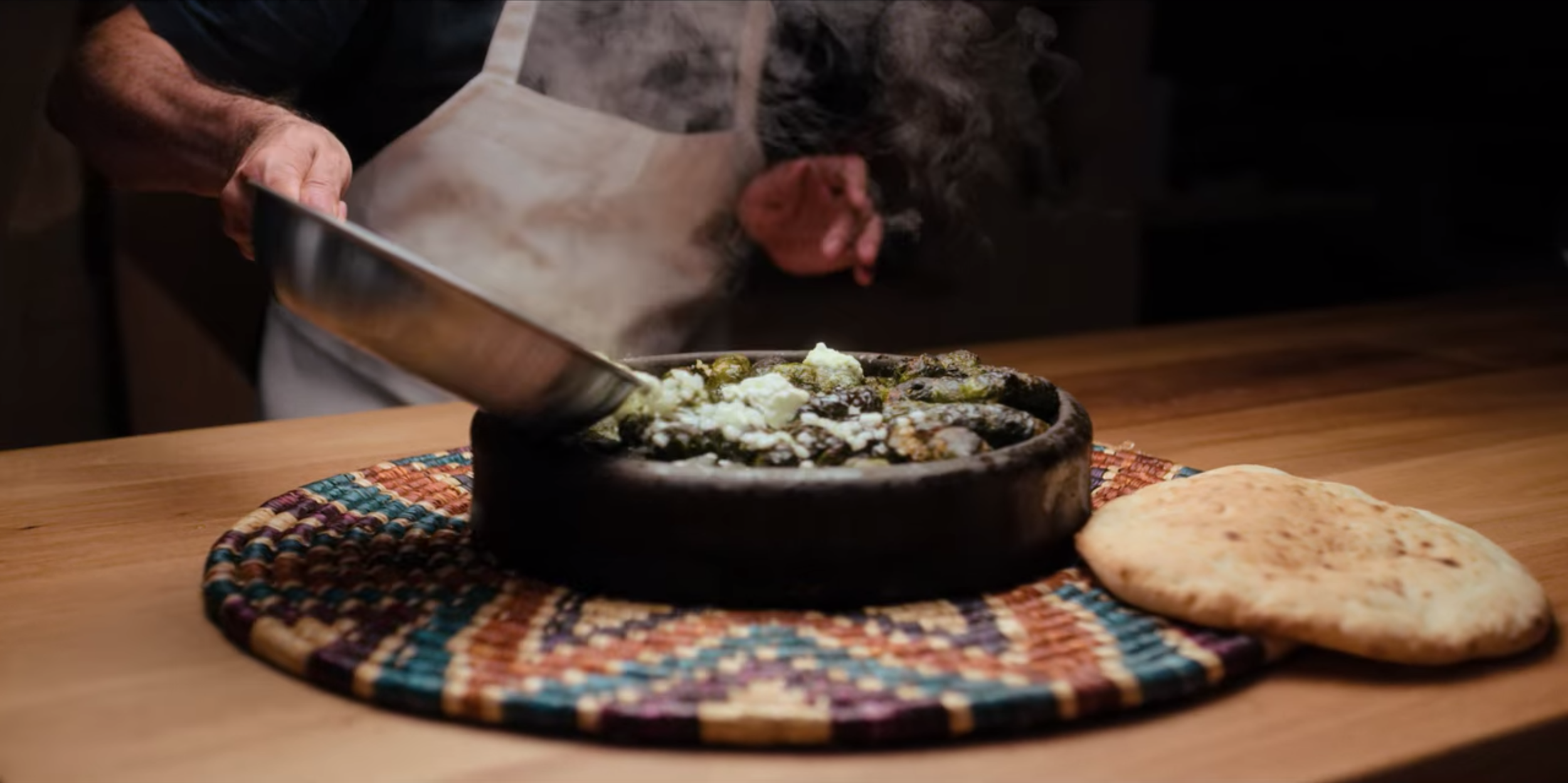Andrew Cagle
Cinematographer
Perspective
The spacial relationship we establish between the audience and the subject and environment determines how the film is experienced. We want to use a full frame sensor, wide to medium focal length prime lenses, and 2.39 aspect to pull the viewer in. We want to avoid voyeuristic perspective and remain close to the subject and immersed in the environment.
Light
Light is key to evoking the right emotion. These images use light to heighten beauty, provoke wonder, and straddle the line of magical realism. We are asking the audience to understand the present reality while suspending it just enough to engage their imagination to envision what an optimistic future looks like. Carefully choosing time of day relative to location will be crucial to utilizing the right natural light to achieve this, mainly the bookends of the day for filming outside.
Interview
These interview stills achieve two objectives: conversational body language/space, and a naturally lit feel. They work with the existing environment rather than against it to shape and enhance without making it feel “lit”. The last two frames approximate the approach for our “visionary” interviews. These will be center framed and more pulled back to separate them from the rest of our interviews. However, we will want to execute a more dramatic lighting approach than reflected, here.
Plates
Matt and I have talked about using “plates” to be used with VFX for illustrating food systems coming into being. Much of these shots will also be used as sweeping establishing visuals, but also dive close into the macro world of what is happening with soil, plant, and food biology.
Motifs and Transitions
Food Prep Scene With Each Visionary
Transitions
To transition into the “vision”, we will position the camera in front and below of the visionary to emphasize the posture of looking up and out to the future. This will also be done with tight shots of the eyes with the visionary looking slightly above and past the lens. (Ignore Lady Gaga’s tear, here). Tight frames will also be utilized to transition from scene to scene or in and out of montage when not signaling a move to a new location/setting.
Portraiture
One motif used to introduce visionaries will be a wide portrait frame, using a slow push in motion. Another motif will be portraiture of nature, crops, and finished dishes to help the audience visualize the food future we are stepping into.
Notes
Not covered in here is camera movement and frame rate. These will be our biggest tools in creating rhythm and signaling transitions in the edit. It is also where our rules for shooting and forming a visual language will need to be most coherent and disciplined. There will be both reflection and looking to the future. We need to visually separate and cue the transition between these moments. The future looking moments and montage should be underscored with smooth movement, whether it be sweeping, subtle, or slowed. The conversation is still to be had about portraiture and what type of montage is best utilized to engage the viewers imagination of the new food system. These sequences will lean the hardest into the feel of “beauty”.
Much of what is covered above relates primarily to image texture, emotion (cast through light), and spacial relationship to people, nature, and environments.



